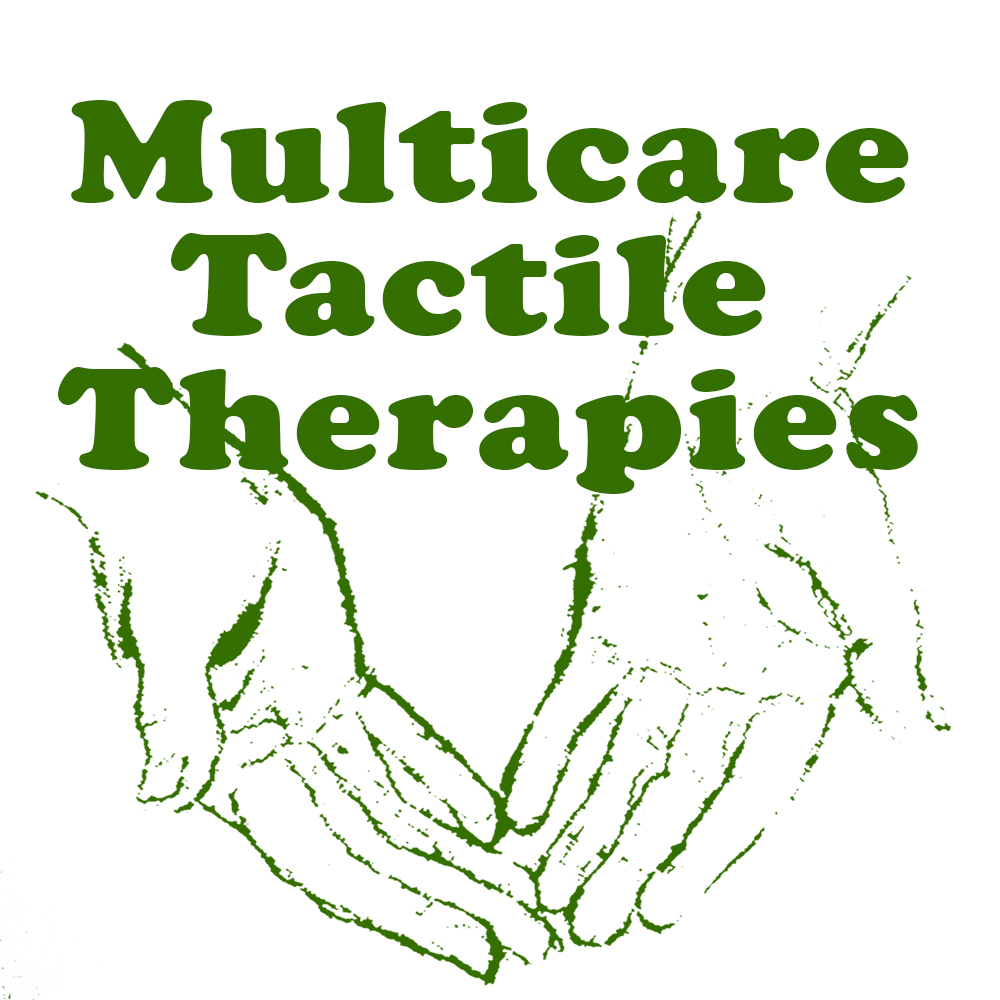How Can We Overcome This Condition?
The rapid rise in technology has provided us with modern discoveries and new opportunities to work together and create. But increased technology use also contributed to an increase in tech neck and related back injuries.
This new phenomenon needs to be examined to see what the core issues associated with neck and back pain and how to alleviate bone and joint stresses at home and in the office.
What is ‘tech neck’?
Tech neck refers to the upper back, shoulder, and neck pain people feel after extended periods of looking down at handheld devices. We are all absorbed by our phone, our iPad or laptop for unlimited periods, however too much of this forward flexed position can lead to muscle strains and fatigue.
Prolonged stresses can lead to spinal disc injuries and nerve irritations. It’s imperative to tackle this pain early and adjust posture and habits as a result, before the pain extends to shoulders, arms, and fingers.
- For every 15-20 minutes of looking down at a handheld device, take a three- to five-minute break to alleviate tension in the back and neck.
- If you sit at a desk all day, make sure you keep your device at eye level, practice good posture, and take periodic breaks — stand, walk and stretch.
- If you’re on the phone a great deal, use a headset to avoid shoving the phone at an uncomfortable angle in your shoulder.
- Use a rolling suitcase to carry files rather than a shoulder bag.
If your job requires physical labor, always use proper lifting techniques that include lifting with your legs, tightening the core and avoid a twisting motion.
Primary risk factors for back pain
While some people are more prone to arthritic and degenerative changes due to hereditary, age, and lifestyle, the continued physical strains put on the body can all contribute to back pain.
Although neck and back pain develop from any number of physical and orthopedic related issues, small precautionary steps throughout the day can lessen the pain you experience. It includes typical strengthening exercises to strengthen the neck and lower back.
What can happen if you don’t treat Tech Neck?
Long-term implications of back pain typically result from poor posture habits. This excess stress can cause arthritic changes, the encroachment of nerves and can lead to arm and leg pain.
Untreated neck or back pain can manifest itself in different ways, such as a tingling sensation in the arms, hands, hips, and legs. If the pain goes too far, there can be a more severe impact on your life and overall health, including further medical problems and even surgery.
Standing Desk vs. Office Desk Chair
Contrary to popular belief, a standing desk won’t solve all your problems. While it isn’t healthy to remain seated in a chair all day, you should not be standing all day either. Alternating your posture is critical in all of this.
Set your phone or watch alarm to remind you to shift position, and take a stroll around the office or outside to stretch your muscles and relieve built-up tension. When sitting, keep your computer monitor at eye level and adjust your seat so your feet are flat and thighs are parallel to the ground.
It’s easy to mistake hunched-forward postures and strained ‘text necks’ for normal. After all, few among us can claim to have a perfect position when we spend our days peering down at devices and slumping in poorly-adjusted office chairs.
Whether a modern lifestyle or sheer force of habit is to blame, we could all benefit from more physical activity — especially exercises that improve our posture.
Try these five easy, equipment-optional exercises promising to do just that:
- The dart
Our upper backs naturally curve forward, but when we spend a lot of time sitting — whether at work, in cars, or even on the sofa at home after a long day — our backs become stuck in that position. Rounded shoulders cause neck pain and back stiffness that can be difficult to counteract, and only worsen over time.
Cue the dart. It helps open up the upper back, improving our standing posture by lying flat on the ground to start this movement. The weight of our head no longer sits above the shoulders, therefore, alleviating tension in the upper back.
HOW TO: Breathe in to lift the chest as the shoulders open, keeping the stomach lifted, and then breathe out to come back down.
- Bridge
Back strength is just as important as core strength, and this move — the bridge — works to build just that.
HOW TO: Squeeze the glutes and activate the back of the legs, then breathe in at the top. Exhale to roll, vertebrae by vertebrae, back towards the mat. For an additional work out, press the back of the arms into the carpet.
- Chest lift
The knowledge that a strong core is key to a straight spine is as common as the revelation that crunches aren’t the most effective exercise we could be doing to strengthen it. Instead, the chest lift, which is a modified version of the crunch, is a better move — as it keeps all our abdominal muscles active and engaged.
HOW TO: bring hands up behind the head, breathe, and curl the chest forwards on the breath’s exhale. In position, inhale, bringing the sides to the back of the legs and exhaling as the body lifts more from the midsection. Inhale again, move the hands back to the head, and exhale to come down to the mat.
HARDER HOW TO: To level up and make this seemingly simple move more challenging, do it on a foam roller. It comes with the added benefit of aligning the spine in a straight line to unkink any little twists or turns, while the unstable base switches on those tight inner muscles.
- Spine twist
Good posture also requires suppleness in our spines — the kind that allows our backs to move freely without straining. Given how much time we spend sitting and, more often than not, staring straight ahead at our screens, it’s no surprise that the twisting motion of the spine is also frequently overlooked.
As any office worker can attest to, sitting with good posture is more complicated than its standing counterpart, which is why the spine twist is so effective.
HOW TO:
Sit tall, sucking your stomach in, with legs straight out in front and hands on the back of the head. In this seated position, breathe in, and on the breath’s exhale, twist the body to the right. Inhale to return to the center, before breathing out to turn to the left.
TIP: Keep the feet and the bottom still to ensure that the movement is right through the spine, and not just the hips.
- Wall angels
Our terrible posture is at its most visible when we’re standing, so it’s essential to incorporate an exercise done in this position.
Tough to master because of the tightness from the poor posture we’ve grown accustomed to, wall angels will feel anything but angelic — even though our bodies will eventually thank us for doing them.
HOW TO:
Place your back against the wall, bringing feet out to be about (your ten inches away from the wall. Bring elbows out to the side, so they touch the wall at a 90-degree angle. Breathe in and on the exhale, bring the arms up, aiming to reach the wrists onto the wall. From there, inhale and glide your arms upon the breath’s release.
TIP: Ensure the back of the head; hips and back rib-cage are all against the wall before raising elbows.
Keep up the routine, doing at least ten reps of each move to reap all the posture rewards.

